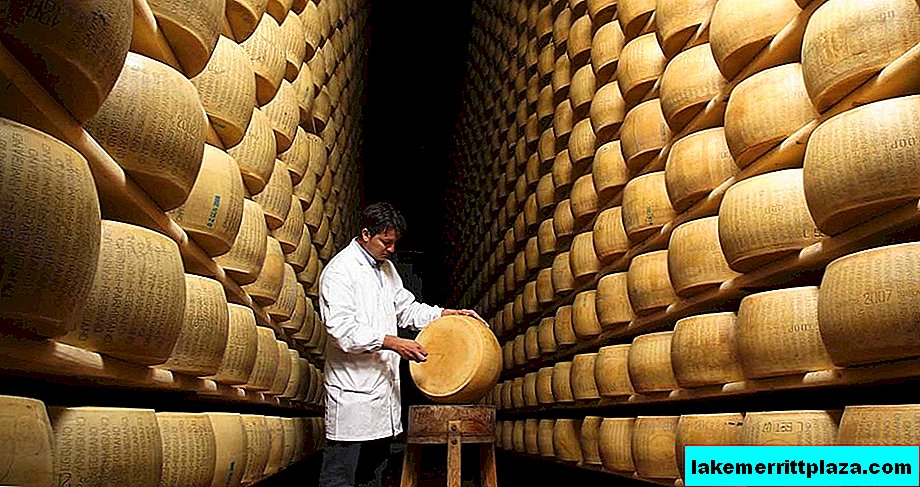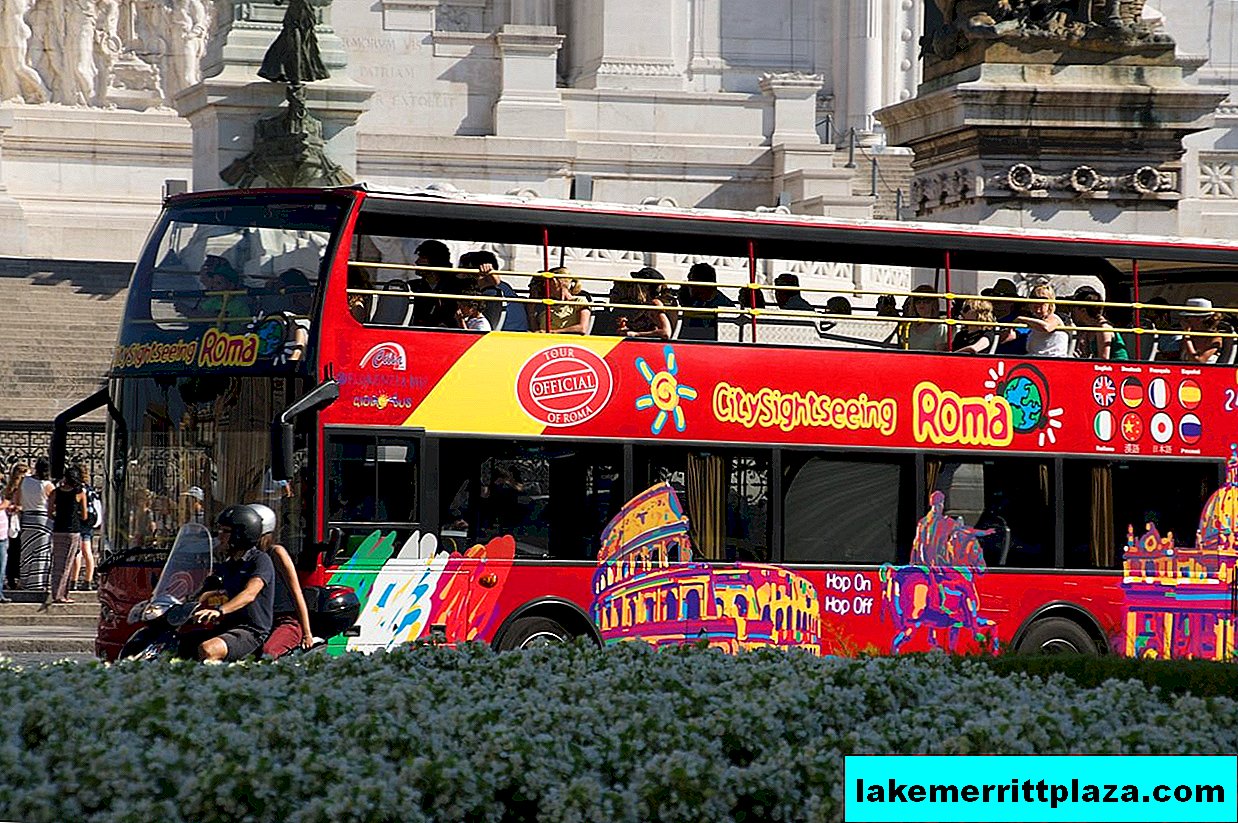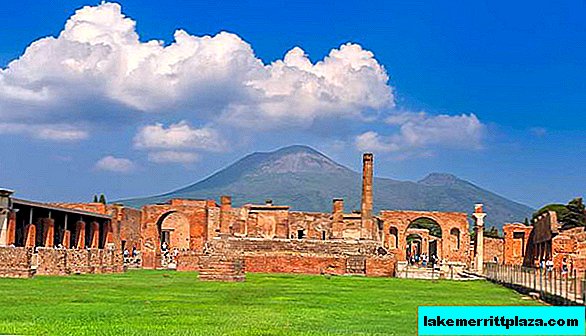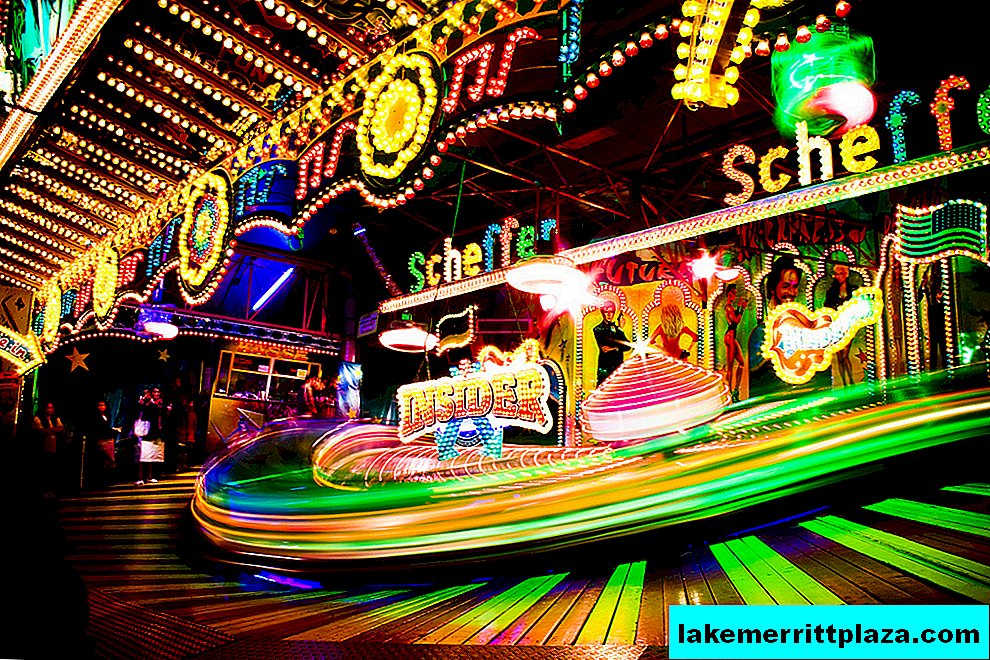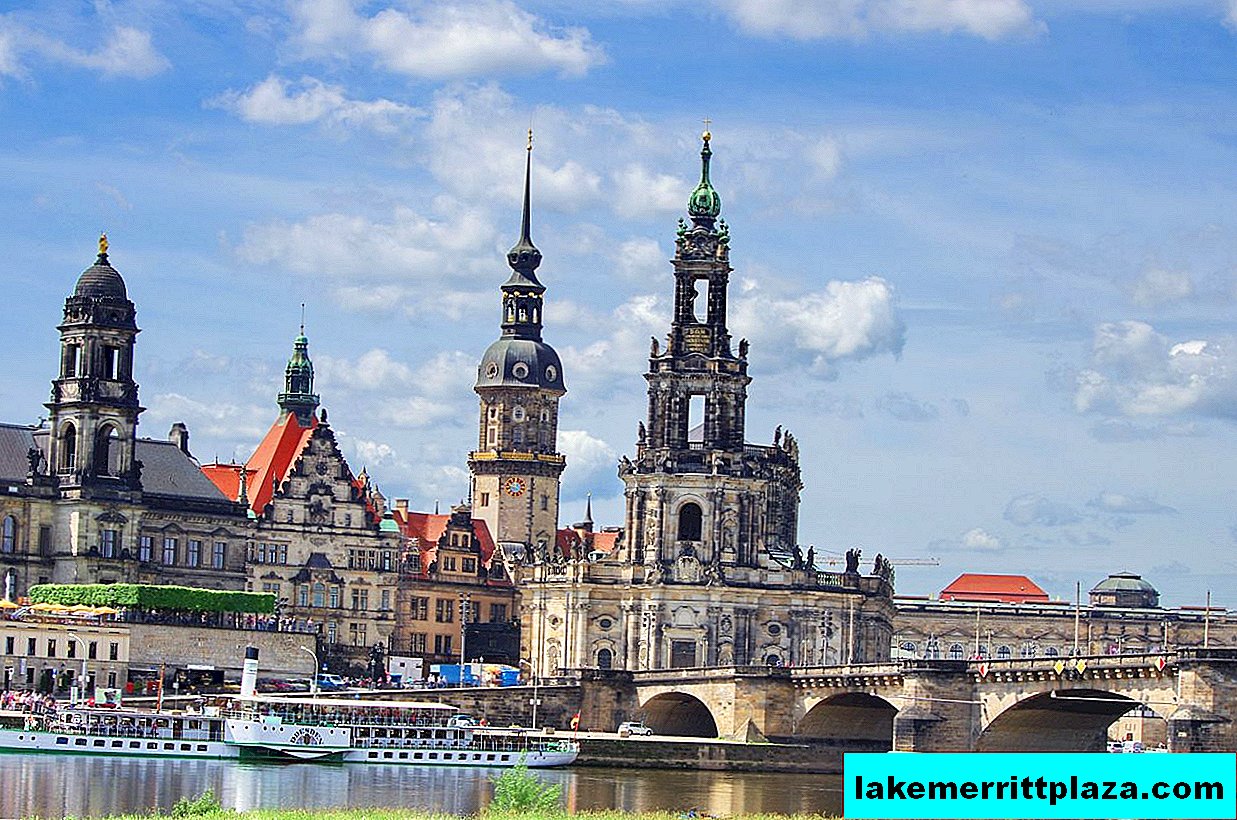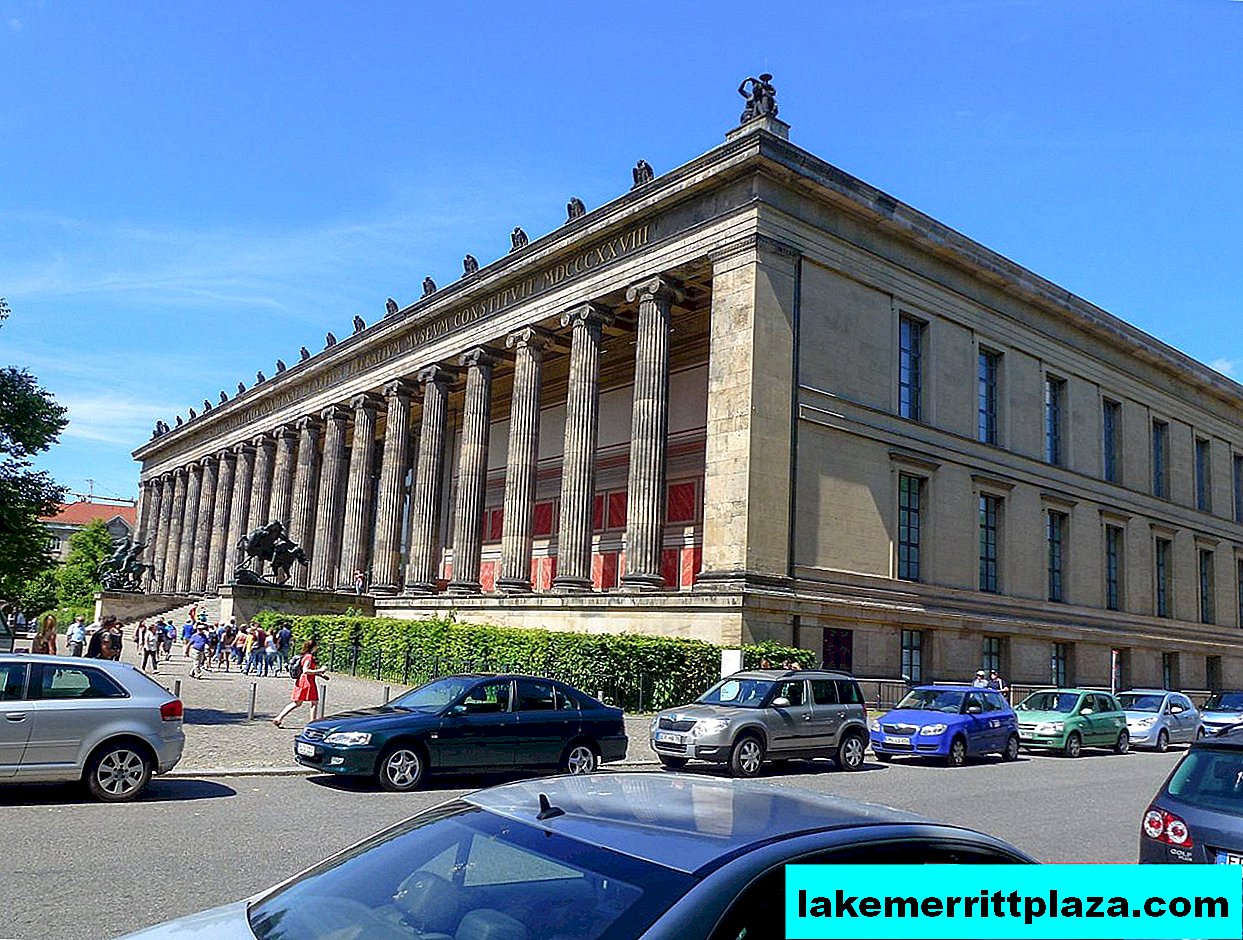Everyone has heard about the Godfather and Super Mario, but are they real Italian symbols? We tried to identify the most typical ideas about Italians and their homeland from other nations and decide whether they have a right to exist.
Life in Italy is a real holiday under the sun of Tuscany
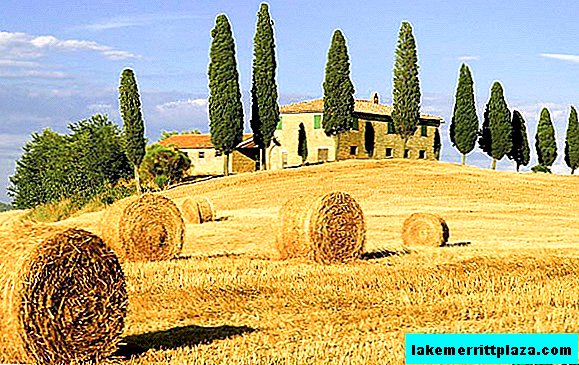
“For some reason, guiding brochures about Italy — especially those sold in the United States of America — typically feature the beauties of Tuscany, Rome, and Venice,” says Martin Solly, who spent many years exploring this amazing country and its inhabitants.
“In reality, traveling to the regions of Italy is the same as traveling to different countries. One way or another, wherever you go, you will find something new and unique in every place. ”
It's always sunny in Italy
This country is famous for its Mediterranean rays, but this does not mean that there is no bad weather. “Some of my friends recently celebrated Easter in Sardinia (Sardegna). It rained all the time they spent there. And it seems that this weather has reigned since Christmas, ”- said Martin. “In fact, many houses in southern Italy do not have central heating, so you can even freeze in bad weather.”
In Italy, they only eat pizza and spaghetti

“When traveling in Italy, you will notice that the menu varies by region,” explains Solly. “But there is one thing that you will notice everywhere: the high quality of the ingredients of the dishes. "The culinary business in Italy is a very serious area, so most of the locals are great cooks."
“Mommy is the head of the family”
“Mothers in these families are very significant figures,” says Solly. According to him, they play such a role in the lives of children that many Italians sometimes wonder why they should move from their parents' homes. “In the end, would you leave a luxury five-star hotel?” Nevertheless, the unemployment rate among young people is very high, so finding a suitable apartment separately from your parents is difficult and uneconomical.
All Italians have dark hair, olive skin and mustache, like Super Mario

“Of course it's not true,” Solly laughs. “Italians living in the north of the country are not suitable for this stereotype. You can often find a Sicilian who looks like a resident of one of the countries of northern Europe. And this is not surprising, taking into account the numerous invasions of the invaders on the territory of the country. ”
By the way, the Japanese came up with Super Mario.
Italians never pay taxes
“This is a difficult question, especially considering the fact that the Italian government pays a lot of attention to taxation issues,” says Solly, drawing a parallel between Berlusconi's once-high popularity, which promised to abolish some of the country's most painful taxes.
All Italians are football fans
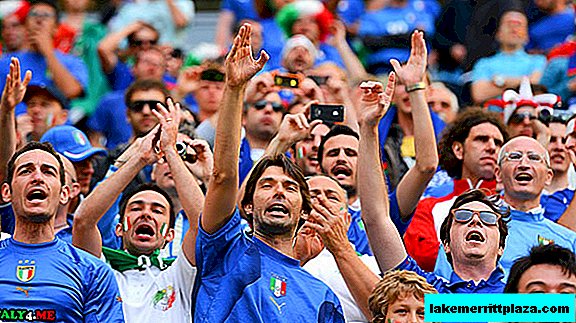
“Football plays a huge role here,” confirms Solly. “Here you can often see men reading La Gazzetta dello Sport, one of the most famous sports newspapers in the country. But sport does not mean only football. Tennis and rugby are also popular sports activities. ”
All Italians drive terribly
“This is a Ferrari country and Italians really love a fast ride,” agrees Martin. “But, probably, it would be more correct to say that drivers on the roads of Italy meet from time to time.
For many, the red light of a traffic light is not an order to stop, but a kind of warning that cars may appear from around the corner. ”
Mafia rules Italy
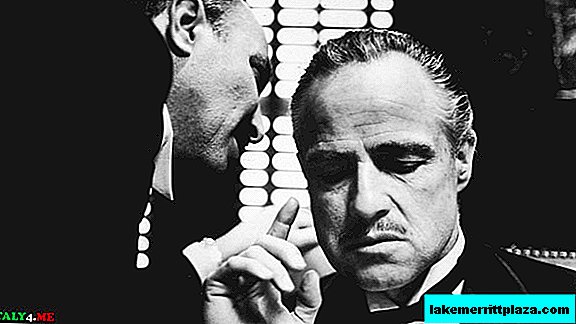
The success of famous films, such as The Godfather and Inspector Montalbano, has led many foreigners to believe that the mafia is a phenomenon typical only of Sicily. “In fact, there are several criminal groups in Italy. In the Campania region, this is Camorra, in Calabria, Ndragheta, in Puglia, Sacra Corona Unita, ”says Solly. He also notes that recently women have played an important role in mafia groups.
Italians are the best lovers
According to Solly, this still needs to be proved: in Italy, the level of divorce simply goes off scale. “Recent statistics indicate that a huge number of marriages concluded here end in the first five years.”

